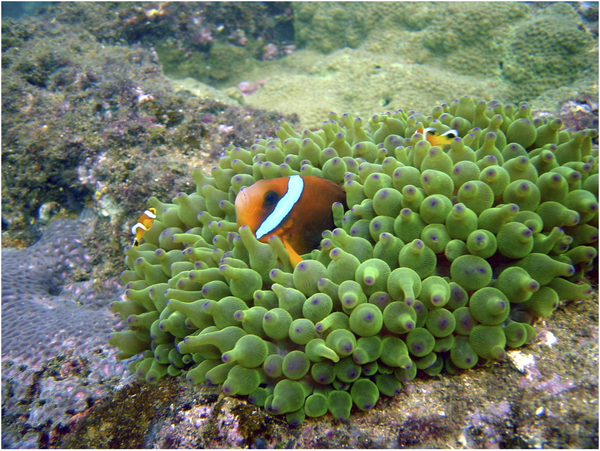That is according to a new report from Steve Simpson of the University of Exeter, United Kingdom. Steve and his colleagues studied Oman anemonefish (Amphiprion omanensis) which is unique to the Arabian Sea off Oman. The group studied two separate populations 248 miles (400 kilometres) apart from each other and captured a total of 136 clownfish. He found that roughly 5.4% of the total had migrated from the north group and one fish in the north had mirgrated from the south.
But do the Clownfish really swim there? No. The clownfish larvae don’t travel on there own but rather were swept there. Steve found strong prevailing currents from the north to the south, which explains why more larvae went south than north. You can read all about the scientific paper in the link below.
Via [Plos One]



